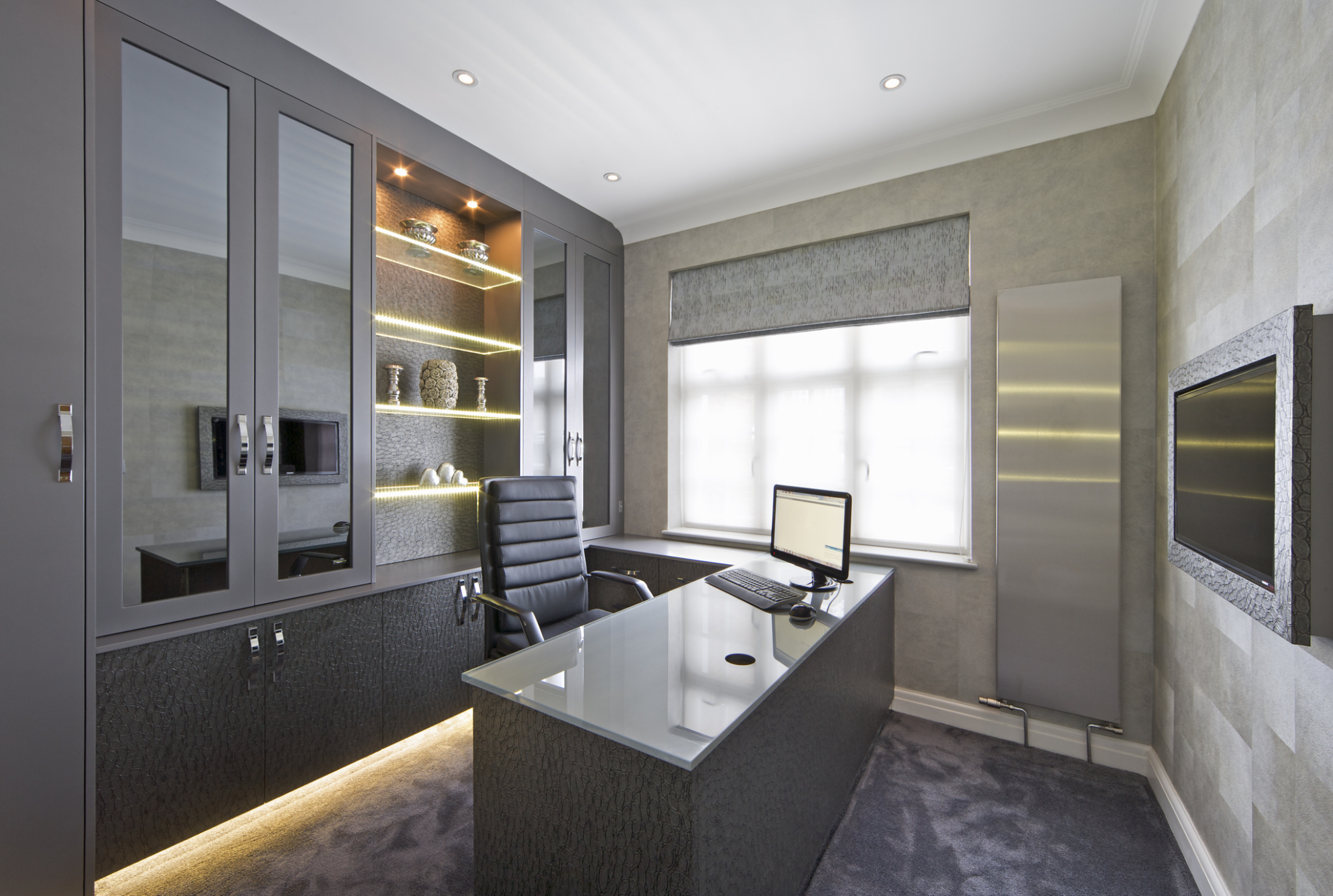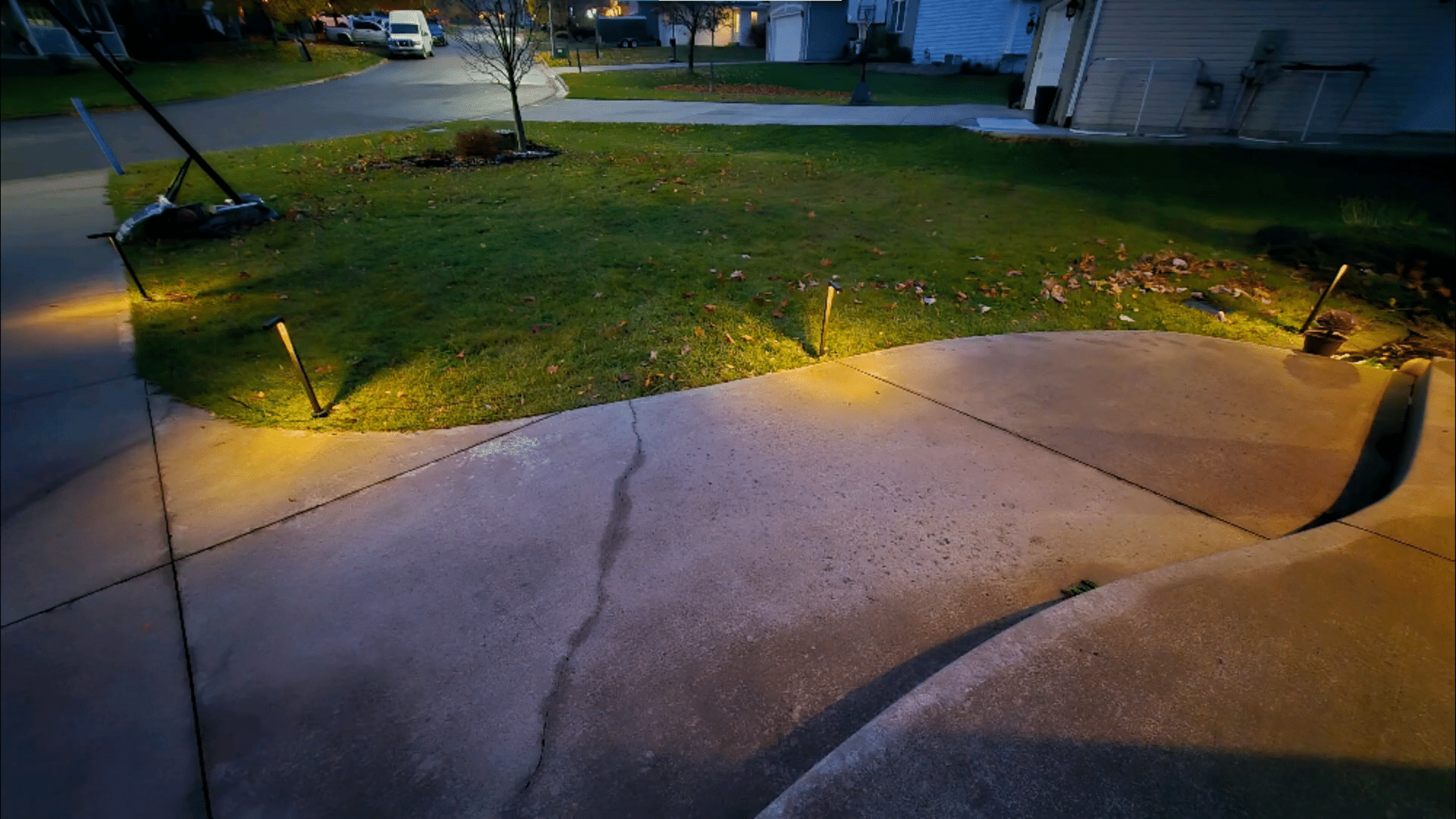Replacing an Air Conditioner: Factors Affecting Overall Costs
You keep up with your air conditioner’s maintenance schedule but it’s still on the fritz. Maybe, it’s continuously cycling or simply can’t keep up with the heat. Whatever the reason, it’s time to replace your old AC and this is something homeowners never want to hear.
Just the cost of a new unit can do some serious damage to your credit cards and that’s before other factors are added in. Yes, there are factors affecting air conditioner replacement costs beyond the price of a new unit. These factors often vary but all can make getting a new air conditioner a little more expensive.
Factors Affecting AC Replacement Costs
So, what can increase the cost of replacing your old air conditioner? Some are obvious like the type of unit you decide to go with, while others may be surprising.
Ductwork, Air Vents, and Returns
The US Census Bureau collects a lot of data, including the average age of American homes. While new construction is going up, around 44% of homes are around 50 years old.
But why does the age of a home matter when you’re ready to replace your air conditioner? Well, older homes can have issues that can affect overall replacement costs. This can include the placement and condition of the ductwork, returns, and vents.
Your home’s structure is designed to last for decades. Support beams and studs, for example, are in place to help ensure your home is standing for generations of inhabitants. The same can’t be said for your ductwork.
Ductwork can wear out over time; cracks can appear, and sealing the decaying portions only goes so far over time—eventually, it’s going to be time to replace your leaky air ducts. While replacing old ductwork is an effective way of reducing energy consumption, it’s also not cheap. Even redoing the ductwork in a two-bedroom single-story home can be pricey.
If you need to add or replace the air vents and returns, the cost goes up a little more. Even replacing one or two vents can result in a significant price hike.
Type of Air Conditioning System
If you believe there’s only one type of air conditioning system, get ready to be surprised. Not only can the unit’s size vary but also its type. You can go with a ducted split system or an AC without ducts. These are often the two most common types of AC units found in homes.
However, these aren’t your only options. You can also decide to have a heat pump installed. Don’t let the unit’s name confuse you. A heat pump can also keep your home comfortably cool in the summer.
You may even want to consider going with a packaged central air conditioner. If you want a unit where everything from the coils and compressor to the air handler are all combined in a single cabinet, this may be your best option.
While the unit’s size does affect price, so does the type. If you want to cut back on installation costs, a packaged AC unit is typically the way to go. Since everything is housed in a single box, there are fewer components to install. A packaged AC also comes pre-charged, so you can eliminate freon costs.
However, split air conditioners are more energy-efficient and typically require less maintenance. In the long run, a split unit may produce more savings.
SEER Ratings
What are SEER ratings and why do they matter? SEER is the acronym for Seasonal Energy Efficiency Ratio and it rates the energy efficiency of air conditioners. The higher the rating, which ranges from 13 to 28, the more efficient the AC unit is to run.
Why should you care about SEER ratings? Higher ratings mean the unit is running more efficiently. This translates into savings on your energy bill. You’re still keeping your home comfortably cool, only using less energy. When you’re cutting back on energy consumption, you’re also doing something good for the environment.
Best of all, if you decide to go with an air conditioner that has a higher SEER rating you may be eligible for a rebate in the form of a tax credit. Yes, you can claim your Energy Star air conditioner on your tax returns.
Who doesn’t like getting money back on their annual taxes? Combined with the unit’s low energy usage, you may end up paying less to replace your AC than you originally estimated.
Zones and Controls
If you have a smaller home, think one-story, you probably don’t need to worry about zones. What are zones? These are areas that may require more cool air to stay comfortably cool like kitchens and bathrooms.
Owners of larger multi-story homes often have zones installed and it can save money over time. The primary downside is the added cost to your installation total. Setting up zones can be costly, depending on how many and the size of the space.
With that being said, it can also produce significant energy savings since your AC isn’t trying to keep the whole house at a preset zone temperature. Establishing zones can also help reduce maintenance costs and extend the life of the unit.
Controls are also a great way to reduce energy costs and make the air conditioner a little more convenient to operate. Wireless thermostats are a great example. The thermostat can be accessed from almost any connected device, including your smartphone and tablet.
You can bump the AC up when you’re not home and remotely turn it down before you walk through the door. However, installation can be a little pricey but the future savings are often worth the additional expense.
Talk to a Heating and Cooling Specialist About Your AC Needs
You can spend hours browsing online, searching for an air conditioner; there’s even a chance you pick one that’s perfect for your home. However, you still need a professional to come out and handle the installation, this isn’t a DIY job.
Before you spend a lot of time searching for a replacement AC, it’s best to sit down and talk to an experienced heating and cooling professional. From helping you choose the right unit to taking care of the installation, an AC pro will help ensure the costs don’t exceed your budget.







